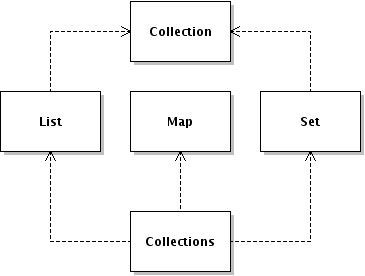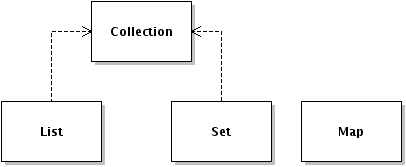Constructor Ideas
Overloaded Constructors
Convenience constructors should always call a more general constructor, rather than duplicating the work performed by other constructors. If the general constructor does nothing other then set a few fields, it is tempting to set the fields directly rather than call another constructor; however, doing so invites defects by duplicating code.
public class Thing{
private final int id;
private final String name;
private final boolean unique;
public Thing(int id, String name){
this.id = id;
this.name = name;
this.unique = false;
}
public Thing(int id, String name, boolean unique){
this.id = id;
this.name = name;
this.unique = unique;
}
}
Much preferable is the solution that follows:
public static class Thing{
private final int id;
private final String name;
private final boolean unique;
public Thing(int id, String name, boolean unique){
this.id = id;
this.name = name;
this.unique = unique;
}
public Thing(int id, String name){
this(id, name, false);
}
}
Not only is the latter shorter, but should the constructor be modified in the future to establish an invariant, it is much simpler to implement the invariant establishment code in a single location.
Never Do With a Setter That Which can be Accomplished in the Constructor
One of the key benefits of this strategy is that if all parameters needed to initialize the object are available at the time of construction, then fields can be declared final and Immutable objects are simpler than mutable objects.
Interfaces are simpler than protocols.
public class Thing{
private int id;
private String name;
private boolean unique;
public Thing(){}
public void setId(int id){
this.id = id;
}
public void setName(String name){
this.name = name;
}
public void setUnique(boolean unique){
this.unique = unique;
}
public static void main(String[] args){
Thing thing = new Thing(){{
setId(1);
setName("Aaron");
setUnique(true);
}};
}
}
public class Thing{
private final int id;
private final String name;
private final boolean unique;
public Thing(int id, String name, boolean unique){
this.id = id;
this.name = name;
this.unique = unique;
}
public static void main(String[] args){
Thing thing = new Thing(1, "Aaron", true);
}
}
| [1] | DRY: Don't Repeat Yourself. The idea that any piece of information in a software system should be specified in one canonical location. This principal applies both in the small: avoiding code duplication and the large: ensuring that configuration information is not duplicated throughout the system. |


